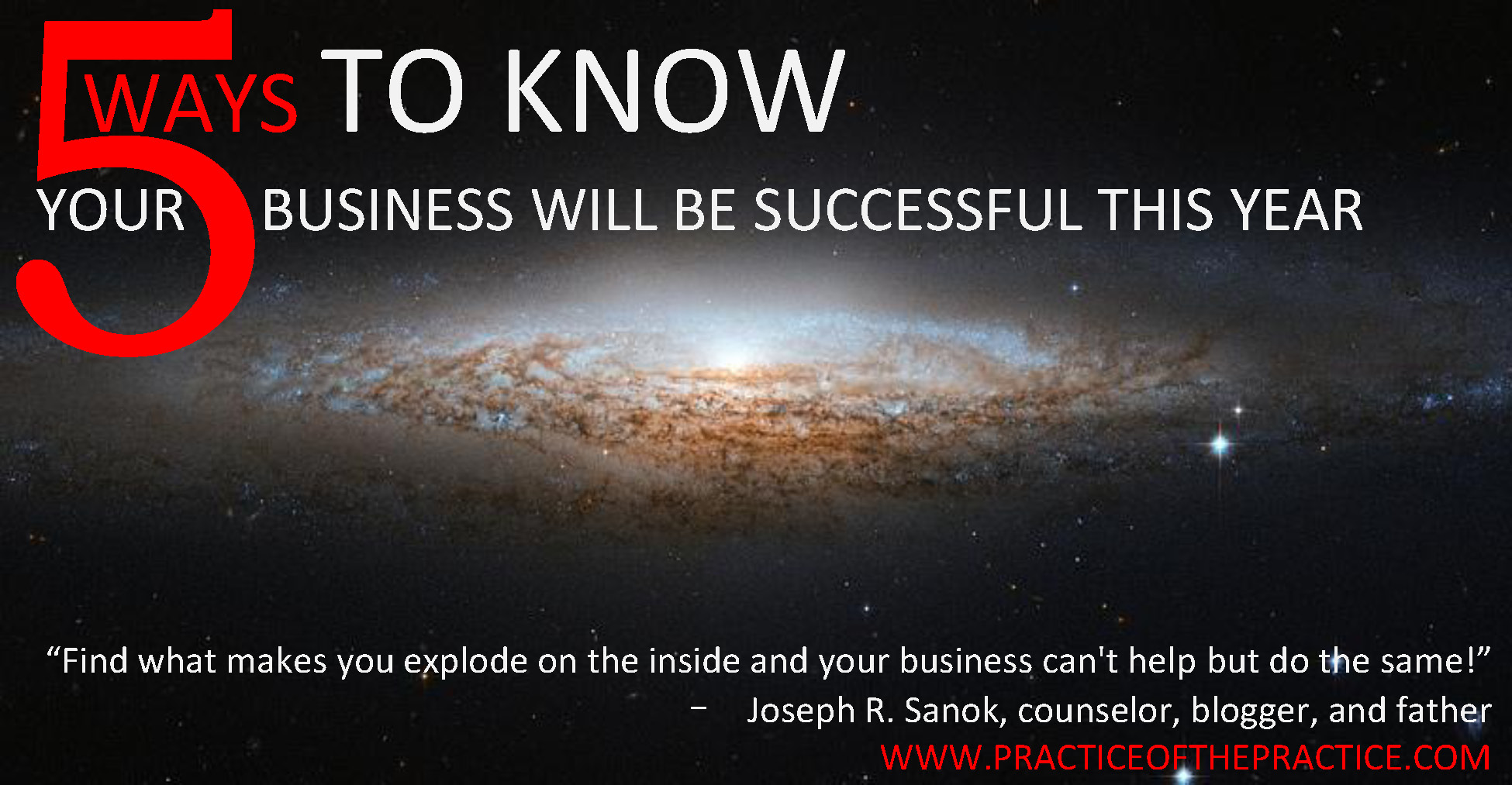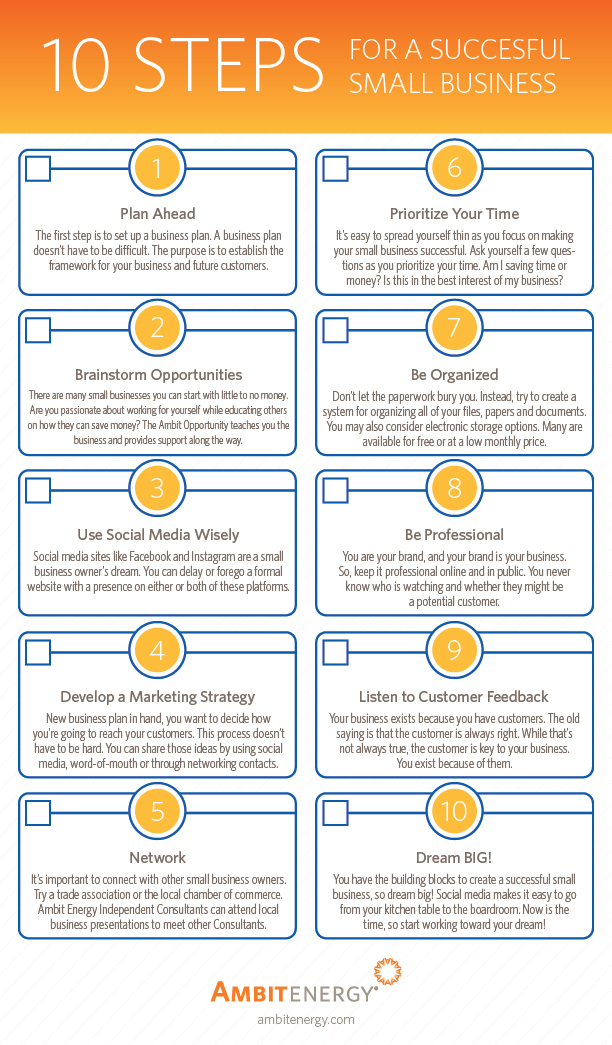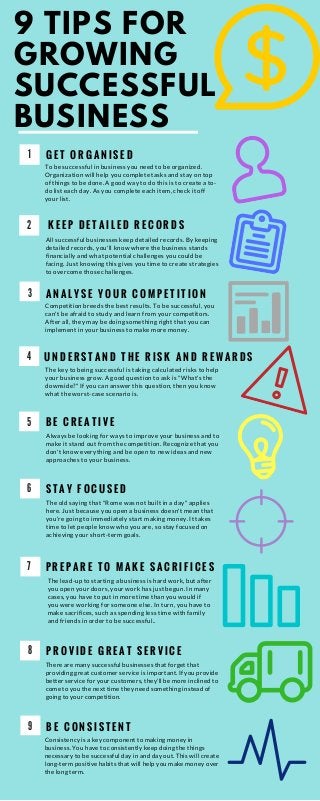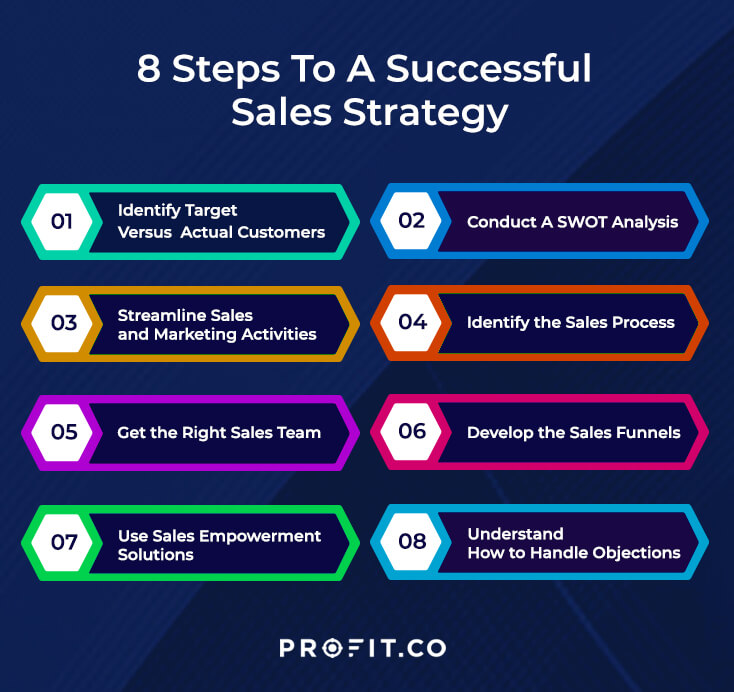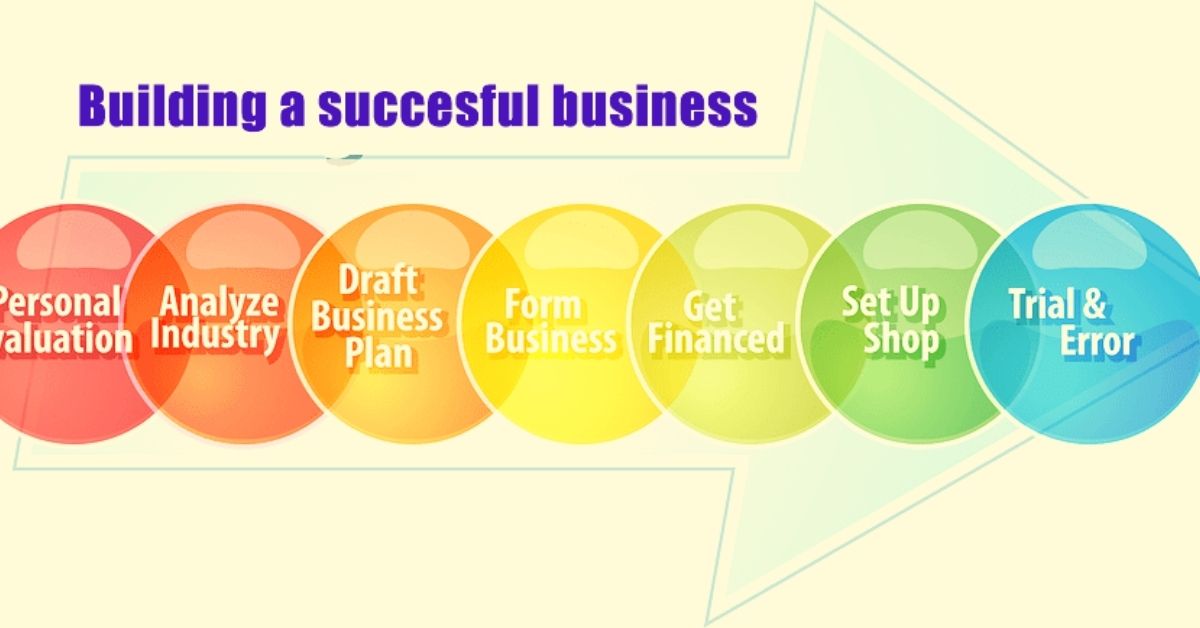How To Know Your Business Will Be Successful
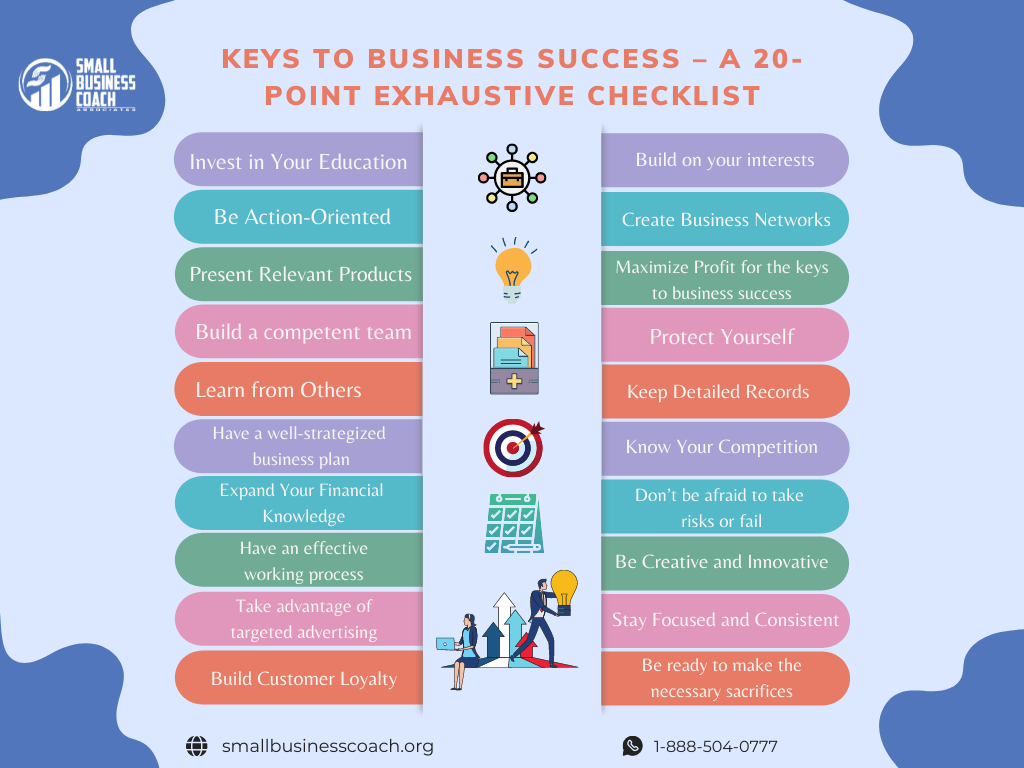
Launching a business is a gamble, but success isn't purely luck. Key indicators, when diligently tracked, can reveal whether your venture is poised to thrive or needs a course correction.
This article cuts through the noise and delivers concrete strategies to gauge your business's potential, ensuring you're building on a solid foundation, not just wishful thinking.
Market Validation: Proof of Concept
Has your target audience signaled genuine interest? Pre-sales, crowdfunding campaigns, and pilot programs are powerful tools. A successful pilot program demonstrates real-world viability. Don't launch without solid data points proving demand.
Data to consider: conversion rates from marketing efforts, customer acquisition cost (CAC), and the lifetime value (LTV) of a customer.
Financial Health: The Numbers Don't Lie
Profitability isn't just about revenue; it's about efficiency. Carefully analyze your cash flow projections. Negative cash flow is an immediate red flag that demands attention. Track burn rate diligently.
Key metrics: gross profit margin, net profit margin, and break-even point are crucial for understanding your financial trajectory.
Customer Satisfaction: The Voice of the Consumer
Are your customers happy? Happy customers are repeat customers and brand advocates. Monitor online reviews, conduct surveys, and solicit direct feedback.
Actionable Insights: A Net Promoter Score (NPS) above 50 is generally considered excellent, indicating strong customer loyalty.
Competitive Advantage: Standing Out From The Crowd
What makes your business different? A unique selling proposition (USP) is essential. Evaluate your competitors and identify areas where you can excel.
Differentiation factors: superior product quality, exceptional customer service, or a disruptive business model are ways to compete effectively.
Operational Efficiency: Streamlining Processes
Are your operations running smoothly? Inefficiencies drain resources and impact profitability. Implement systems for inventory management, order fulfillment, and customer support.
Key performance indicators (KPIs): cycle time, error rates, and employee productivity all contribute to operational efficiency.
Adaptability: The Ability to Pivot
Can you adapt to changing market conditions? The business landscape is constantly evolving. Be prepared to adjust your strategy based on feedback and emerging trends.
Agile methodologies: embrace flexibility and be willing to iterate on your product or service based on market feedback.
Team Dynamics: Strength in Unity
Do you have a strong team? A cohesive and skilled team is essential for executing your vision. Ensure clear roles, effective communication, and a shared commitment to success.
Employee satisfaction: happy employees lead to better customer service and increased productivity.
What's Next?
Regularly assess these indicators and make data-driven decisions. Continuously monitor the business landscape and be prepared to adapt your strategy. Seeking mentorship from experienced entrepreneurs can provide valuable guidance.
The future of your business depends on your ability to understand and react to the signals around you. Act now.





